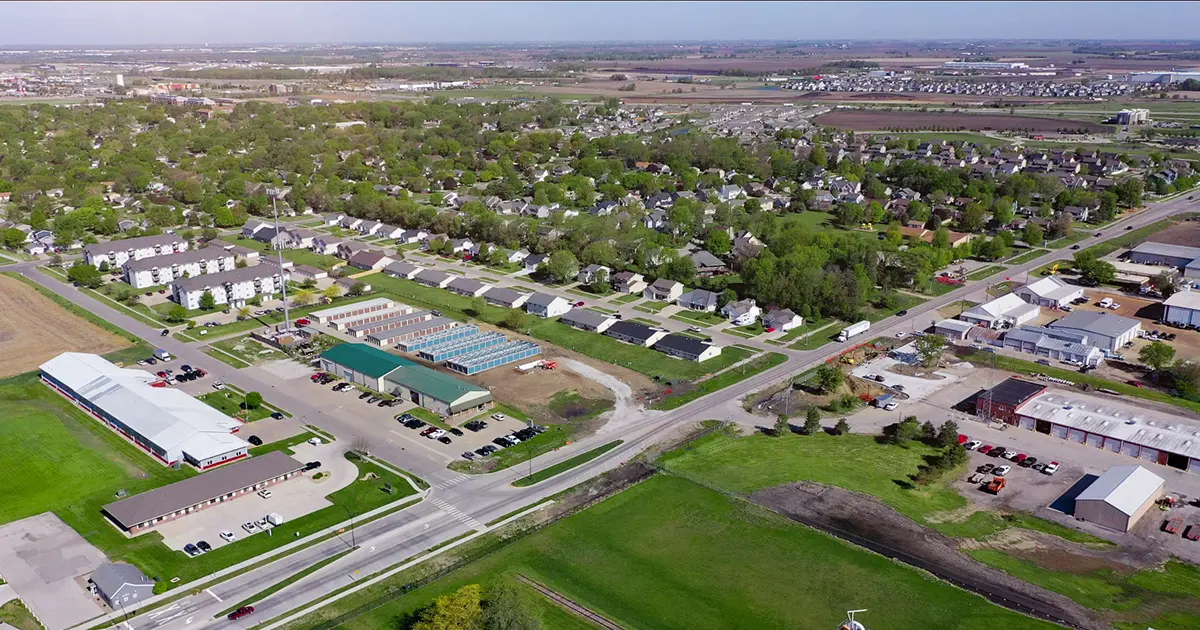
Have you ever stood in the middle of a good community, looked around at all the successful businesses and people, and asked yourself, How did all this HAPPEN?
It’s tempting to imagine that communities randomly spring from the ground. But the reality is that the long-term success of cities is no accident. It’s the result of hard work, careful planning, creative thinking and good leadership.
In other words, it’s the result of economic development.
Economic development is the process by which wealth is created in a community to benefit its businesses and residents. The success of a community’s economic development can be measured by key indicators, such as the level of business activity, the employment rate, income distribution patterns, long-term fiscal solvency, and more.
Economic development is also connected to indicators that are indirectly related to economic growth, such as crime rates and the presence (or absence) of local arts and culture. High crime rates can drive away businesses and families, while a strong arts and culture scene can attract talented workers. As businesses struggle to find skilled workers, cities across the nation are finding that arts, culture, parks, public spaces and other amenities are essential to the strength of their workforce and the health of their economy.
How does economic development happen?
Successful communities are successful for two reasons: given advantages and concerted efforts.
Given advantages include factors such as a strategic location, land that is good for development, national economic trends, business friendly local policies, a strong (existing) local workforce and business community, and many others. They are the characteristics that make your community a desirable place to live and do business.
Economic development falls into the latter category, concerted efforts. This category consists of all the deliberate actions that public leaders, business leaders and other members of the community take to grow the local economy and realize their vision for the community. This can include marketing campaigns aimed at retaining and attracting investment from developers and businesses, talent attraction campaigns, public communications, and the formation of a local economic development alliance.
Economic development is all about marketing your community’s given advantages, while granting members of the public and business community a voice in important decisions.
What happens when economic development is done right?
Let’s look at a good example of Iowa economic development: the city of Altoona.
Today, Altoona is a community of about 19,000 on the east side of the Des Moines metropolitan region. However, only a few decades ago, Altoona was barely a blip on the map.
Over the last few decades, businesses from a variety of industries—advanced manufacturing, logistics, warehousing, entertainment, retail, data and more—have invested in the community, along with thousands of new residents.
Why? Because Altoona has a strong set of given advantages, and, over the years, the community has used smart economic develop to capitalize on these advantages and achieve their vision.
Some of Altoona’s given advantages include:
- A close proximity to Des Moines.
- A strategic location at a transportation crossroads, with several major highways (including I-80) and an interstate railroad converging on the region. There is also a nearby airport.
- A skilled local workforce, with the entire workforce of the Des Moines metro just a short drive away.
- A strong local infrastructure.
- Hundreds of acres of affordable, development ready land.
- A high standard of living for residents. Altoona is home to numerous amenities, including beautiful local parks, dozens of miles of trails, excellent schools, safe neighborhoods, and nearby shopping, dining and entertainment attractions.
- Low cost-of-living.
- A business-friendly climate.
- Responsible and engaged local leadership.
- A thriving entertainment scene that draws nearly four million visitors to the city each year.
Tapping into these given advantages, the community has spurred Altoona development by:
- Establishing an economic development alliance—a partnership of leaders from the public and private sector committed to a unified vision of Altoona’s future—called AltoonaNow.
- Promoting the community to outside businesses and developers, driving Altoona land development and investment in the region.
- Supporting local businesses (especially small businesses and startups) and community events by promoting them on various channels.
- Investing in amenities, such as local parks, public artwork and a championship golf course to attract talent, tourism and further investment.
- Bringing together public and private sector leaders to plan the community’s future. (They’re currently working to revitalize Altoona’s historic district, Olde Town.)
Economic development is just one aspect of creating a strong, successful community. But, as you can see through the story of Altoona, it’s the foundation on which everything else is built.
Want to learn more?
Thanks for reading! To learn more about the Altoona community, check out Altoona’s Olde Town revitalization project, take a tour of a beautiful new park at the center of town, or meet a local business owner who swung for the fences.
